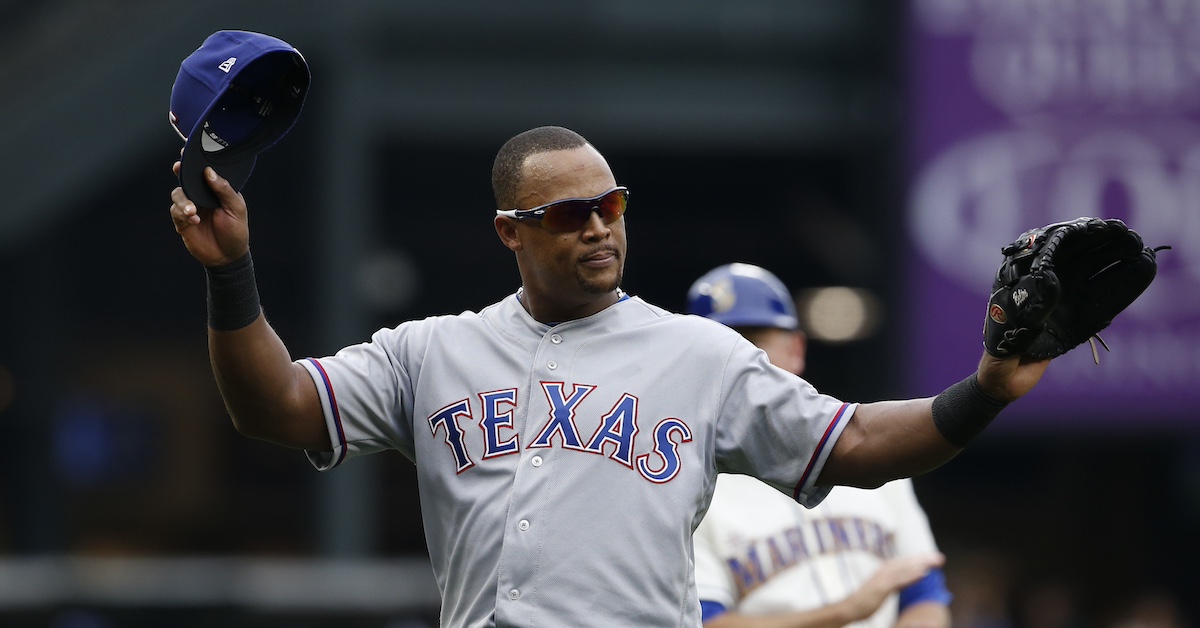Rangers Prospect Cameron Cauley Needs Some Polishing To Reach His High Ceiling

Cameron Cauley has one of the highest ceilings in the Texas Rangers organization. Selected in the third round of the 2021 draft out of Barbers Hill High School in Mont Belvieu, Texas, the 20-year-old shortstop has been described by Eric Longenhagen as “an incredible athlete” who not only “has a chance to be a Gold Glove shortstop,” but also possesses “plus bat speed and the pop to do damage to the oppo gap.” In a second full professional season split between Low-A Down East and High-A Hickory, Cauley made strides by slashing .245/.333/.411 with 12 home runs and a 109 wRC+. Moreover, he took advantage of his plus-plus wheels by swiping 36 bases in 41 attempts.
There are reasons to pump the brakes. As our lead prospect analyst pointed out, Cauley’s throwing accuracy needs polishing, and his strikeout rate (32.6% since entering pro ball) is a major concern. Especially troublesome is a 25.8% in-zone swing-and-miss rate that compromises his ability to produce high exit velocities when he does square up a baseball.
Cauley, who carries 175 pounds on a lithe 5-foot-10 frame, discussed his game late in the Arizona Fall League season.
———
David Laurila: I’ve read that you have elite athleticism. Do you agree with that?
Cameron Cauley: “I’d say so. God blessed me with athleticism. I’ve always been athletic, from a young age to now, so I’m pretty good at sports. I’m good at golf. I’m good at football and basketball…” Read the rest of this entry »







